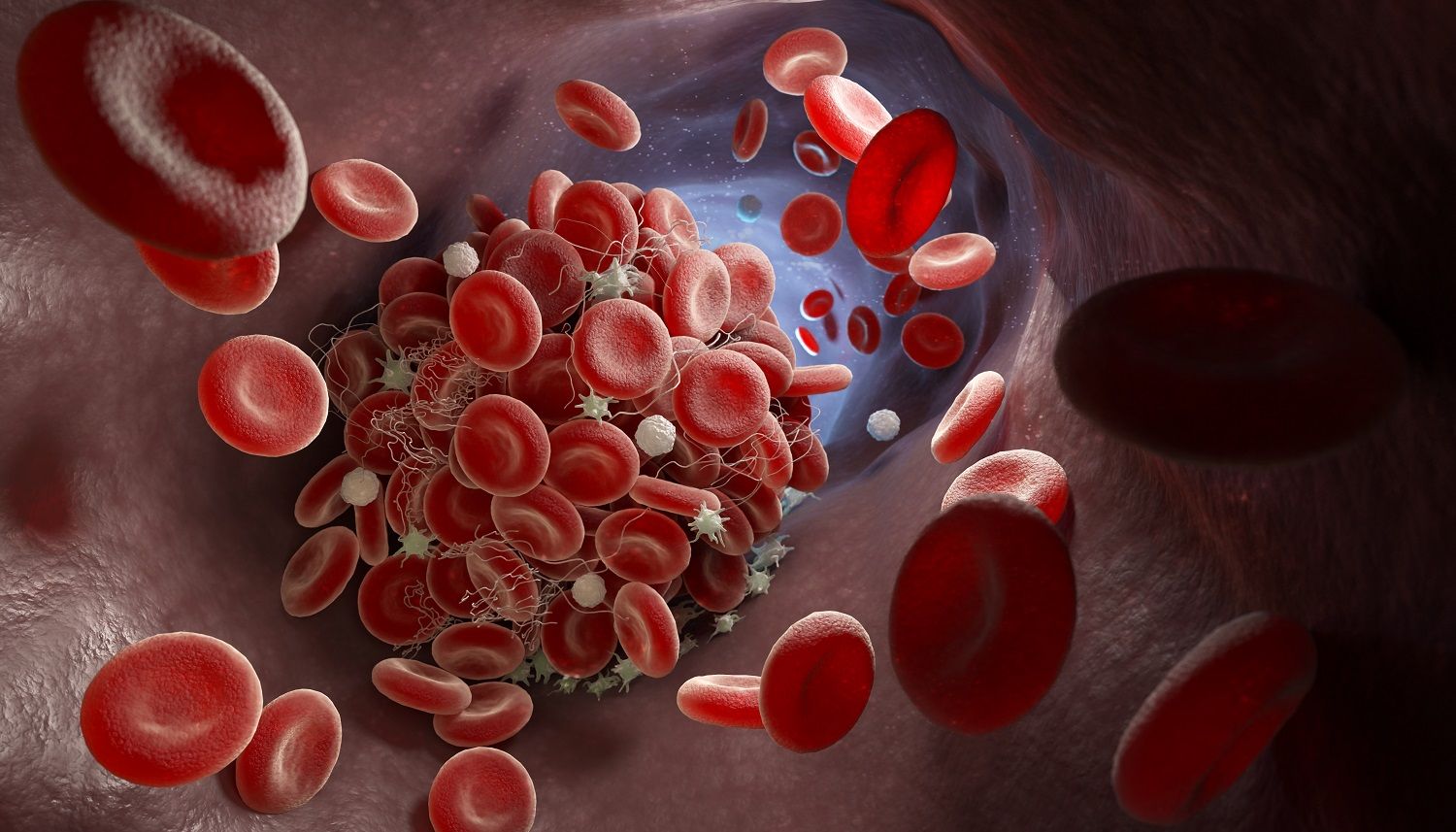
What are the Signs of a Clot in the Leg?
What are the signs of a clot in the leg?
Blood clots that appear in the body’s major veins are called deep vein thrombosis (DVT) and are most commonly seen in the legs and hips regions of the body.
While the existence of DVT in the leg is not inherently dangerous, it is possible for clots to break loose and travel to the lungs. When this occurs, it can lead to a serious condition known as a pulmonary embolism.
Signs of DVT may include:
– pain
– redness
– swelling
– tenderness
These symptoms are a further indicator of clotting when they occur in only one leg rather than both due to the fact that, statistically, it is more common for DVT to only appear in a single leg. Additionally, the previously listed symptoms are not a definitive indication of DVT and may be related to other factors and medical conditions.
In order to determine whether your symptoms are being caused by DVT and not a different ailment, you must consult a board-certified vascular physician.
The pain associated with DVT in the leg may be reminiscent of a severe muscle cramp. If your leg is swollen, elevating or applying ice to it will not cause the swelling to go down if it is a blood clot. If those treatments are affective, it is more likely that You may have a muscle injury.
When DVT is present, your leg may also feel hot as the clot begins to worsen. You may even begin to a notice a slight discolored tint to the skin in that area.
If the pain is made worse by exercise but relieved with rest, it is most likely the presence of poor circulation rather than DVT.
Additionally, it is possible for clots to form in veins nearer to the surface of the skin. This type of clotting is known as a superficial venous thrombosis (SVT) and is the cause of a syndrome called superficial thrombophlebitis.
This specific type of clot can be caused by an injury to the skin such as the placement of an intravenous (IV) line or other factors similar to those that caused DVT. While superficial thrombophlebitis may be painful, it is not likely for This type of clot to break loose and travel to the lungs.
Your doctor will examine the area and possibly use an ultrasound test to differentiate between DVT and SVT.
Disclaimer-The contents of the Pinnacle Vein and Vascular Center site, such as text, graphics, images, and other material contained on the PVVC site (“content”) are for informational purposes only. The content is not intended to be a substitute for professional medical advice, diagnosis, or treatment. Always seek the advice of your physician or other qualified health provider with any questions you may have regarding a medical condition. Never disregard professional medical advice or delay in seeking it because of something you have read on the Pinnacle Vein and Vascular Center site.
